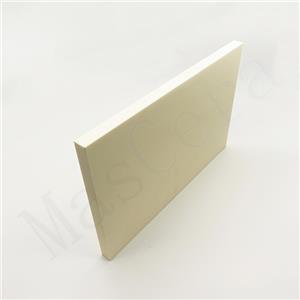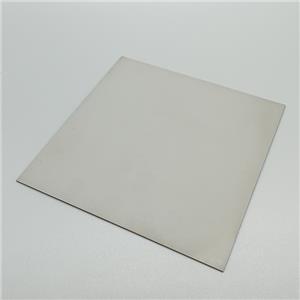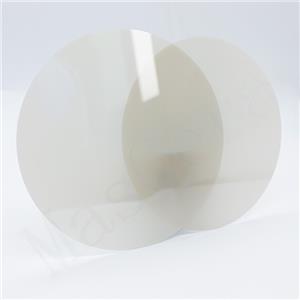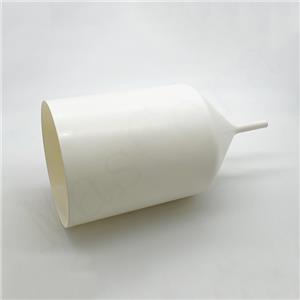Dry pressing and isostatic pressing of advanced ceramics
The raw material of ceramic products is loose powder material, and the process of powder molding is to make loose powder raw material or its aggregates into a green body or product with a certain size and strength through external force. In the molding process of advanced ceramics, ceramic powder raw materials need to be processed to a certain degree in order to be made into blanks suitable for specific molding methods.
The compression molding method is also called stamping process, which is to add a small amount of binder to the powder (the water content must be controlled at 4%-7%, even up to 1%-4%) for granulation, and then the The granulated powder is placed in a mold (a steel mold is generally used for dry pressing, and a rubber film is used for cold isostatic pressing), and pressed on a pressure machine to form a green body with a certain shape.
The more widely used compression molding methods are dry pressing and isostatic pressing. Dry pressing is based on a large pressure to press the powdery blank in the mold. The essence is that the particles are in the mold under the action of external force. A process in which the particles are close to each other, and the particles are firmly connected by internal friction and maintain a certain shape. The isostatic pressing molding method is also called hydrostatic molding, which is a molding method that utilizes the incompressibility of the liquid medium and the uniform transmission of pressure. That is to say, the pressure of the sample in the high-pressure container is the same as the pressure in the static water at the same depth, so it is called hydrostatic pressure or static pressure. The molding process obtained according to this principle is called hydrostatic pressure. Forming or isostatic pressing.
Comparison of dry pressing and isostatic pressing
1. Dry pressing has only one or two pressure surfaces, while isostatic pressing is multi-axis pressure, that is, multi-directional pressure and multi-sided pressure, which is conducive to compacting the powder to a considerable density. At the same time, the linear displacement of the powder particles is small, and the friction work consumed during the movement of the powder particles is relatively small, which improves the pressing efficiency.
2. Compared with other press forming with roughly the same compressive strength, isostatic pressing can obtain a higher green density, and it is uniform and dense in all directions, without major changes due to the thickness of the shape.
3. Since the pressure directionality of isostatic pressing is not much different, the friction between powder particles and between particles and the model is significantly reduced, so the phenomenon of stress in the green body is rarely seen.
4. The green body formed by isostatic pressing has high strength, uniform internal structure and no particle orientation arrangement.
5. Isostatic pressing adopts powder with very low water content (generally 1%-3%), and it is unnecessary or rarely to use adhesives and lubricants. This is advantageous for reducing drying shrinkage and firing shrinkage.




